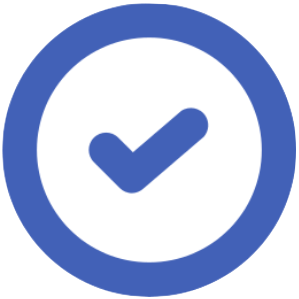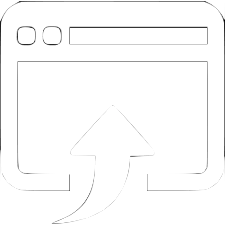 YOUTUBE VIDEO:
https://www.youtube.com/watch?v=UbcLJjxIpyU
YOUTUBE VIDEO:
https://www.youtube.com/watch?v=UbcLJjxIpyU
 Workplace & Business Clothing ESL Lesson Description
Workplace & Business Clothing ESL Lesson Description
OVERVIEW & OBJECTIVES
This ESL lesson plan on workplace and business attire offers engaging activities, PDF worksheets, and digital materials designed for B1 intermediate students. In this lesson, students will:
- Discuss different types of workplace clothing and express opinions about attire.
- Expand vocabulary related to casual, business casual, and formal clothing.
- Watch a video about job interview attire and identify suitable outfits for different workplaces.
- Practice using phrases for giving advice, expressing uncertainty, and talking about style.
- Participate in role-play and discussion activities to plan outfits for various events.
PREVIEW & DISCUSSION
Students begin this ESL on workplace clothing by examining images of people wearing casual, business casual, and business formal outfits, describing what each person is wearing, and deciding who looks sharp. They then discuss their own work attire, comparing it to the examples and reflecting on differences for various jobs or situations. Students imagine job interviews at a small start-up, a law firm, and a retail shop, predicting how they might dress differently for each, and finally share their opinions on why workplace clothing matters and how important it is to look professional.
VIEWING ACTIVITY
In this video, students learn how to dress appropriately for casual, business casual, and formal workplaces to look confident and professional during interviews. Students first match clothing items, like a blazer, chinos, or a power suit, to the correct work environment for both men and women. They then discuss examples of casual, business casual, and formal workplaces and answer questions about what to do if unsure about attire. Students review the video carefully to ensure they understand the clothing guidelines and workplace contexts.
VIEWING FOLLOW-UP
Students reflect on the advice in the video, discussing what they liked and any additional clothing recommendations. They compare the video examples to attire commonly worn in their own countries, noting similarities and differences across casual, business casual, and formal settings. Students read a dialogue between two colleagues planning outfits for a client meeting and identify phrases for expressing uncertainty, giving advice, and talking about style and fit. They discuss appropriate clothing options for different social and work-related events, reinforcing vocabulary and practical usage.
NEXT WEEK'S EVENT: WHAT TO WEAR?
Students plan outfits for a real or imaginary upcoming event, including job interviews, work events, outdoor trips, or special occasions. They describe their clothing choices and take part in role-plays with a partner, asking for advice and using key phrases such as “You’d look sharp in…,” “I’d suggest…,” or “I’m having trouble choosing…”. Students then discuss personal experiences with attire, favorite clothing items, and future clothing plans, practicing vocabulary, speaking fluency, and polite conversational strategies.
BENEFITS OF USING THIS WORKPLACE & BUSINESS CLOTHING ESL LESSON
Teachers will find this lesson highly practical and engaging. It provides structured vocabulary exercises for different workplace attire types, offers a video to support listening and comprehension, allows students to practice real-life speaking scenarios, encourages role-playing to build confidence, and helps students compare cultural clothing norms. The lesson is easy to use, adaptable for various classroom sizes, and supports both group discussion and individual practice.
 Video Description
Video Description
 Lesson Activities
Lesson Activities
Business Clothing, Attire, Workplace, Interviews, Professionalism
Image Matching (Table), Short Answer Questions
Functional Phrases, Clothing, Casual, Formal, Business, Style
Role Play Exercise, Discussion, Quiz & Review, Lesson Reflection
 Lesson Topics
Lesson Topics
Business Attire, Dress, Job Interviews, Clothing


 Like us on facebook
Like us on facebook
